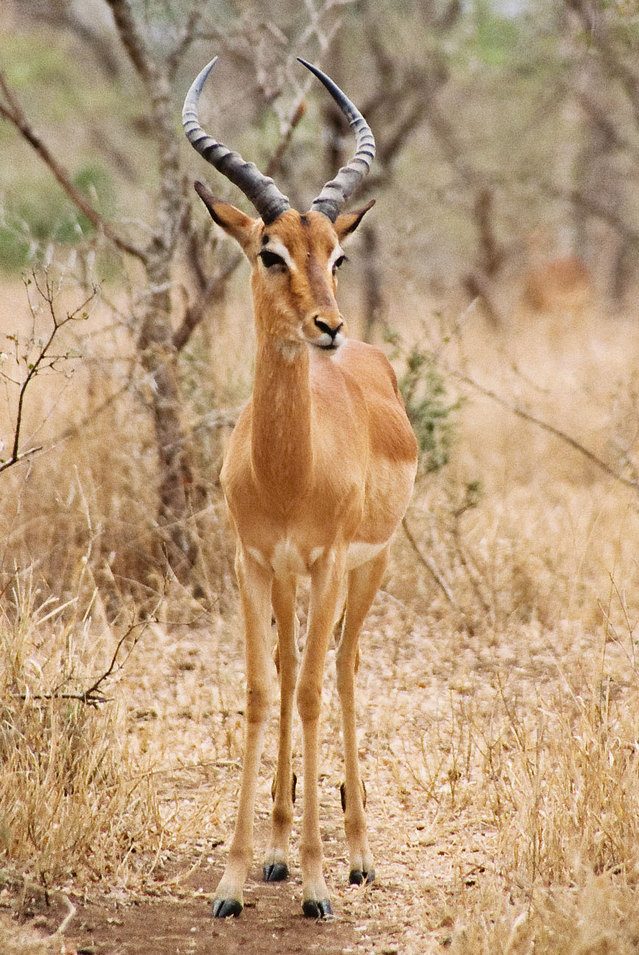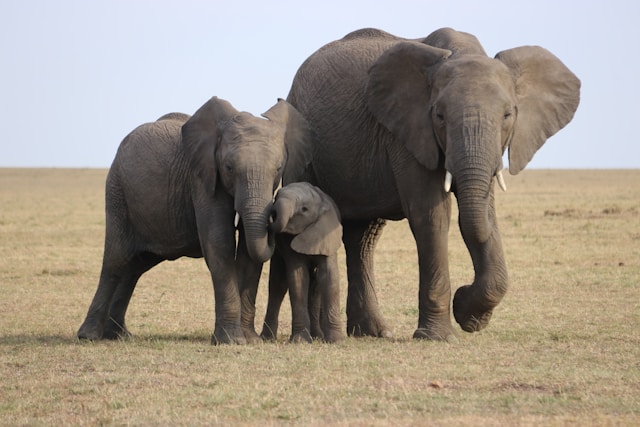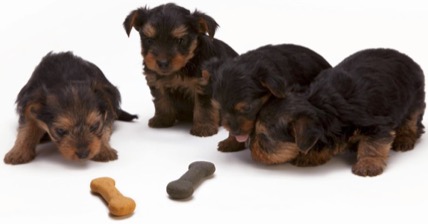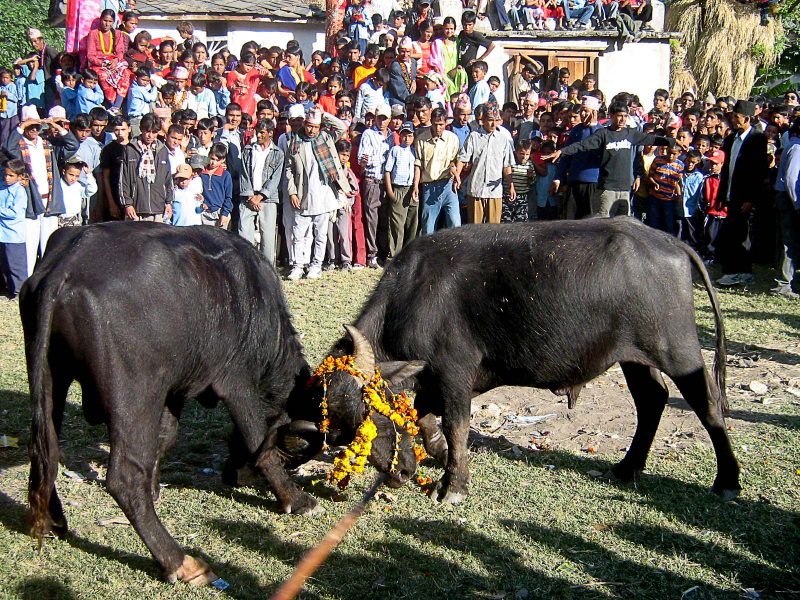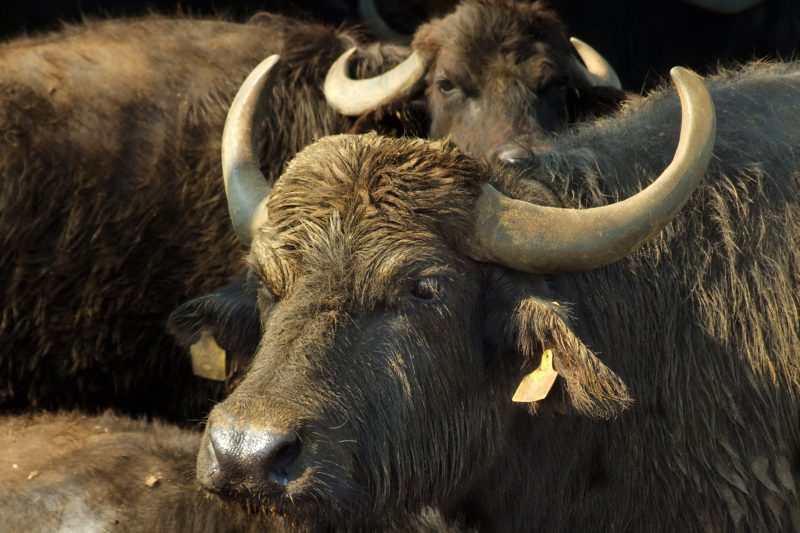The Impala And Warthog Of Kenya
Impalas of Kenya
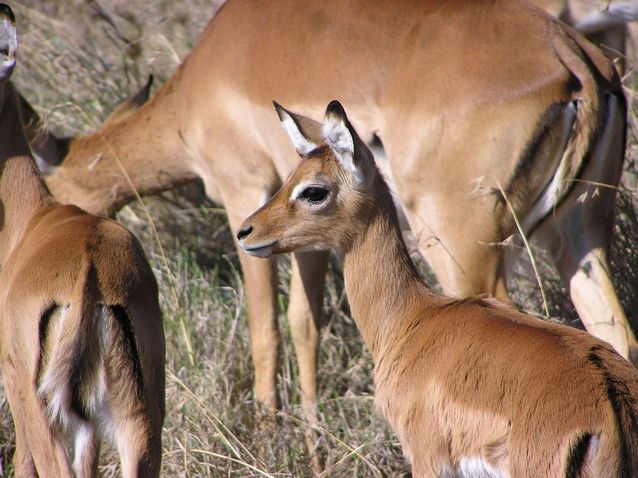
Impalas are antelopes that like to roam the light grassland, woodland edges and savannas of Kenya, very close to water. They are always seen with erect postures, rubbing scent and making dung piles to mark their area. The body of an impala is reddish-brown with blonde hair inside the ears, in the upper throat, the chin, underparts, and buttocks as well as over each eye. A black line runs along the lower back to the tail, and a similar stripe appears on the end of the thighs. Impalas have brush-like tufts of long black hair covering a scent gland located above the heel of each leg.
Locking of horns
The impala is known for its spiral, long horns, which are used to challenge each other as tests of strength. At a signal, they rush forward and clash their horns, attempting to throw each other off balance. Although this can be fatal, the exceptional thick skin over vulnerable area protects them. It is the condition and weight of the horns that gives a male the advantage and not the length of them.
Organized herding system
The social organization of impalas enables them to adapt to any environmental conditions. For example, when food is plentiful in the rainy season, the impalas gather in big herds of several hundred animals to graze on grasses, bushes, herbs, shrubs, and shoots. Packs also offer them protection from predators. When sensing danger, any one of the alert impalas will bark, that puts the group to flight, and a running impala is no easy prey. Typically, a fleeing impala will leap over anything including bushes or any other obstacles in its path by soaring up to 33 feet above the ground. It uses this technique to escape from predators but sometimes, merely to amuse themselves.
Building of territories
When food is in abundance, the males become territorial. Six to eight of them set up homes. Each one protects his region, herds his cluster, and guard them against any rivals by fighting off challengers. Sometimes some of them try to leave the herd. When that happens, the male attempts to bring them back to the crowd, or he feigns danger beyond the boundary by taking a stance that they usually use as an alarm sign. Older ones stake out mating areas and groups of women. They mate with cows in estrus during the mating period. The females form herds of 50 or more and wander around these areas.
Relaxed herding structure
There are times when the impalas do not maintain an organized social system of herds. For example, during famine and droughts in Kenya, the animals have to travel further for food, and several impalas move in and out of the alpha male herd so often that the males are quickly exhausted. Then they abandon the territories, and large tranquil flocks are formed. When the climate improves, they revert to the territorial system.
Flexing of muscles
The non-dominant bachelors are allowed to live in male territories only if they do not try to mate with the females. The challenger to the territorial male will have worked his way up until he becomes dominant in the bachelor herd. He then challenges the alpha animal during which time they approach one another with deliberate, slow steps. Unsuccessful bids to conquer a male’s territory end with the loser retreating to his bachelor herd to recuperate.
Mother and child
Females give birth about seven months after they mate, to a single impala. Both baby and mother join a herd of offspring and mothers within a few days.
Warthogs of Kenya
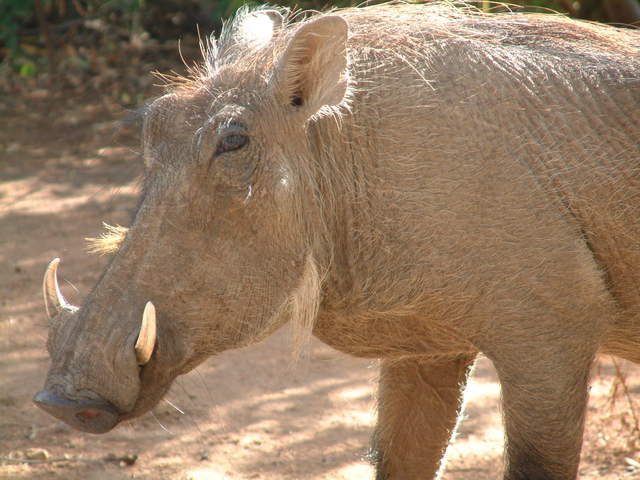
Warthog
Warthogs are members of the family of Swine and are related to pigs, hogs, and boars. These vicious animals live up to 19 years. As the name suggests, warthogs have wart-like patches on their faces, but they are just growths of skin. The skin protrusions act as padding form when the male members fight during mating season. Warthogs are hooved, plump animals with large nostrils at the tip of the snout. They have no fur but a mane from down the spine to the back. Their tail ends with a hair tuft. Warthogs have large teeth or tusks. They have two upper and four lower incisors. Warthogs are 30 inches tall from hooves to shoulders and 50 inches from shoulders to rump. Warthogs can run at a speed of 30 miles per hour, which helps them outrun predators.
Lazy and passive
Warthogs prefer open areas and live in savanna woodlands and the grasslands of Kenya. They are passive and make abandoned dens their homes or live in lairs made by aardvarks. They barge right to their lairs and enter rear first. The tusks remain out of the den entrance for added security.
She and he
Female warthogs are called sows. They are social animals living in herds of 40 members known as sounders. Females huddle together at night for warmth and groom each other. Adult males are not as social as the females and often live alone, but they can be territorial.
Mother and child
Female warthogs have two or three young at a time but can have up to eight, after a gestation period of six months. Baby warthogs are known as piglets. They weigh around 1 lbs at birth. The young live in the sounder with the mother. Piglets wean when they are four months old, and at 20 months they become a mature adult. Female adults tend to stay with their mothers, while males go off on their own.
Food and drink
Warthogs are herbivores, which means they only eat vegetation. The diet includes roots, berries, bulbs, bark, grass, and plants. They forage during the twilight hours and daybreak. If they live in a risky territory, they feed at night. They may eat meat during times of scarcity, but they never hunt. They munch on carcasses, or any worms or bugs they find while foraging. In a dry season, warthogs can go on for months without water.
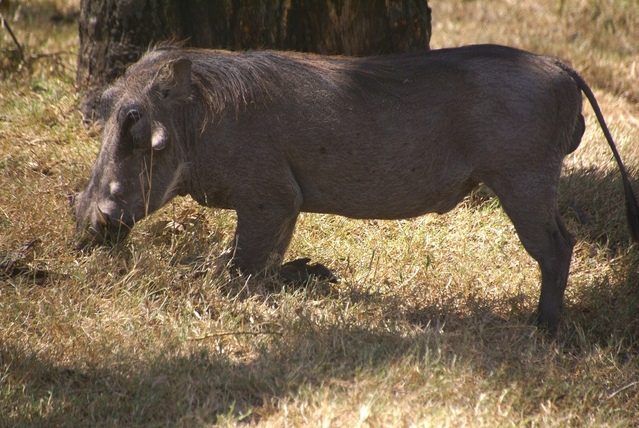
Warthogs are listed as least concern by the Union for Conservation of Nature
Warthogs are listed as least concern by the Union for Conservation of Nature. They received this status because the animals are widespread and have a high breeding rate.
5 Frequently Asked Questions About Impala And Warthog
To receive a colourful digibook about animals with videos, images and text, please fill out the following form or simply email us on safaris@safari-center.com

